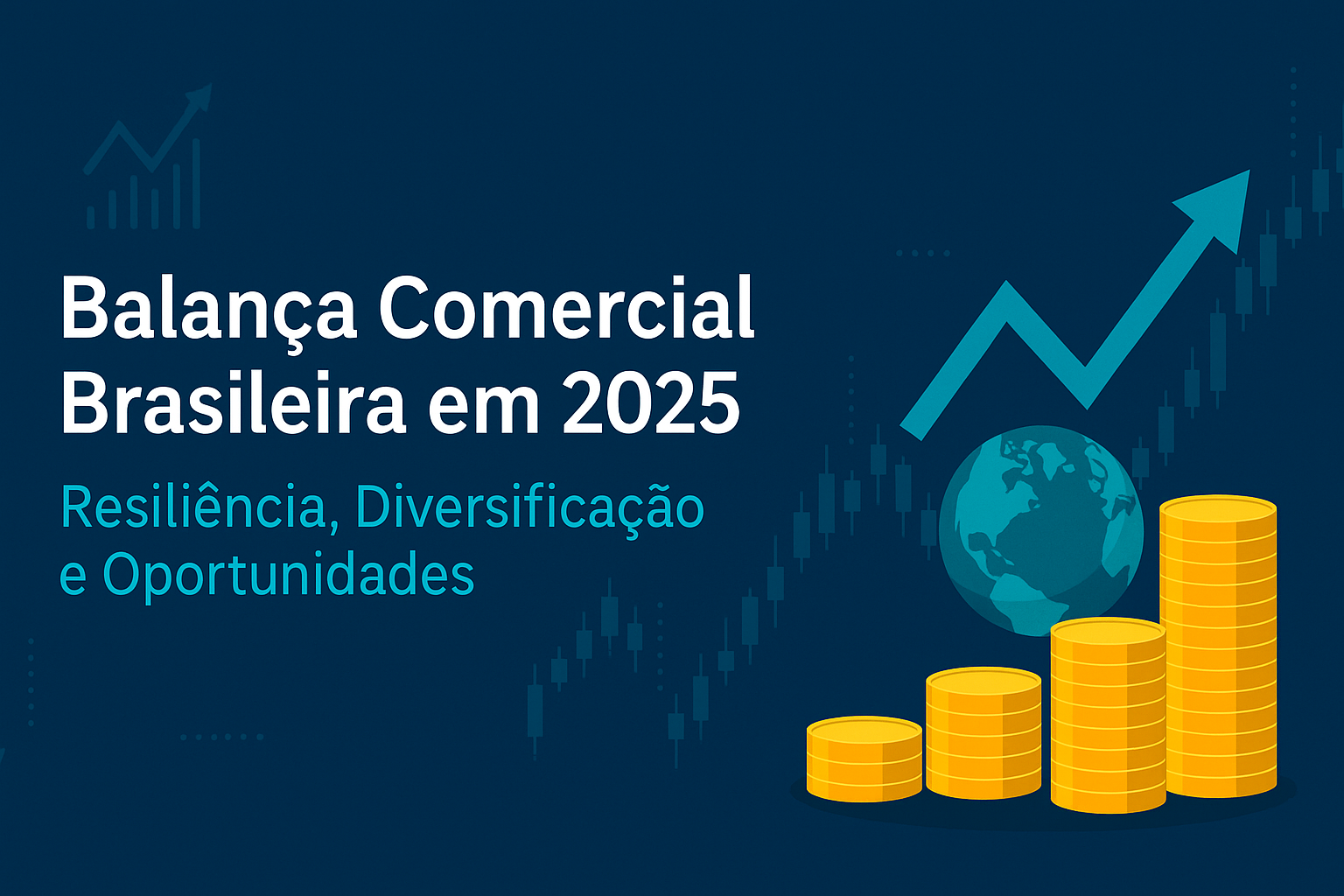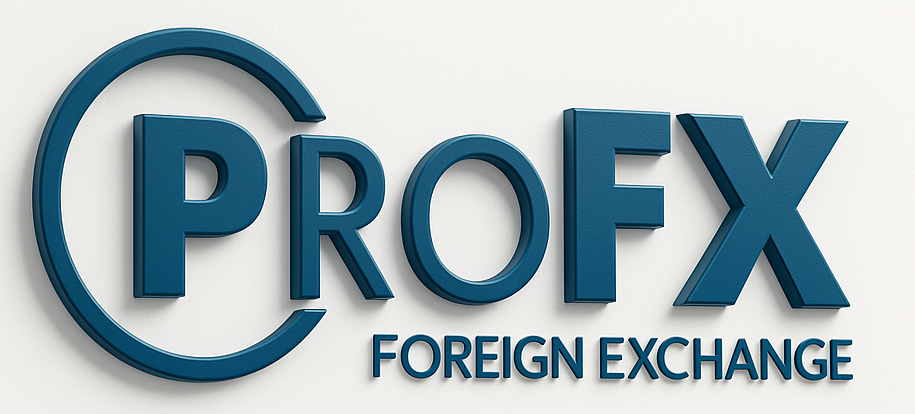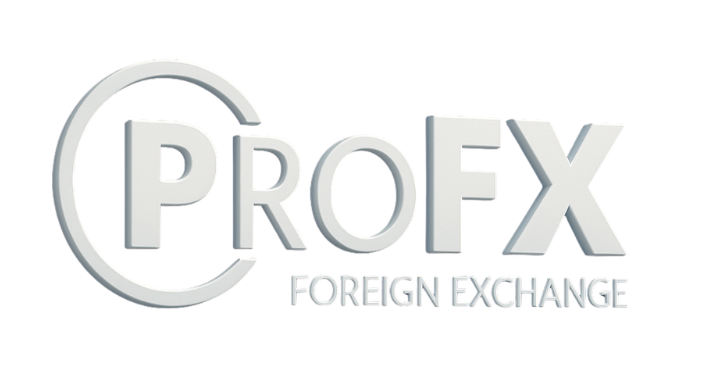Brazilian Trade Balance in 2025: Resilience, Diversification, and Opportunities
The year 2025 brings challenges and opportunities for Brazil's trade balance.

Despite a slight reduction in the accumulated surplus—USD 17.7 billion until April, 34% lower than in 2024—Brazil continues to demonstrate strength and resilience in foreign trade. Exports totaled USD 107.3 billion in the first four months, with a focus on trade diversification and robust performance in key sectors like agribusiness, oil, iron ore, and animal protein.
Products like soybeans, coffee, and corn remain prominent, with unroasted coffee seeing a 36% increase and corn more than doubling the exported volume compared to the previous year. The industrial sector is also advancing, with a 2.4% growth in manufacturing exports, driven by automobiles, gold, and beef. This dynamism reflects Brazil's ability to adapt to international market fluctuations and add value to its production.
Despite the increase in imports, which grew by 10.4% over the year, the trade flow (sum of exports and imports) reached USD 196.8 billion, showcasing Brazil's weight in global value chains. The positive balance, although smaller, highlights the competitiveness of the Brazilian export sector and the country's relevance as a strategic supplier of food, energy, and industrial inputs to the world.
Looking ahead, the Ministry of Development, Industry, Commerce, and Services expects export growth throughout the year, driven by global demand and the appreciation of agricultural and mineral commodities. With currency intelligence, risk management, and personalized strategies, Brazilian companies can turn challenges into opportunities, taking advantage of the diversification scenario and the opening of new markets.
ProFX supports companies seeking to expand their horizons by offering innovative and secure solutions for international operations. In an increasingly connected world, those who invest in strategy and quality information take the lead.
Sources:
Ministry of Development, Industry, Commerce, and Services (MDIC)
Brazilian Foreign Trade Association (AEB)
Central Bank of Brazil





